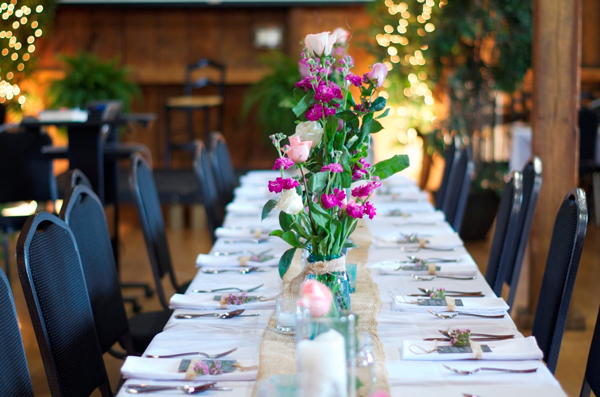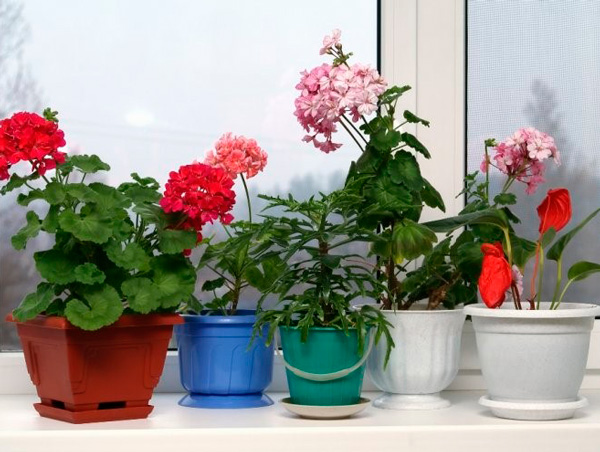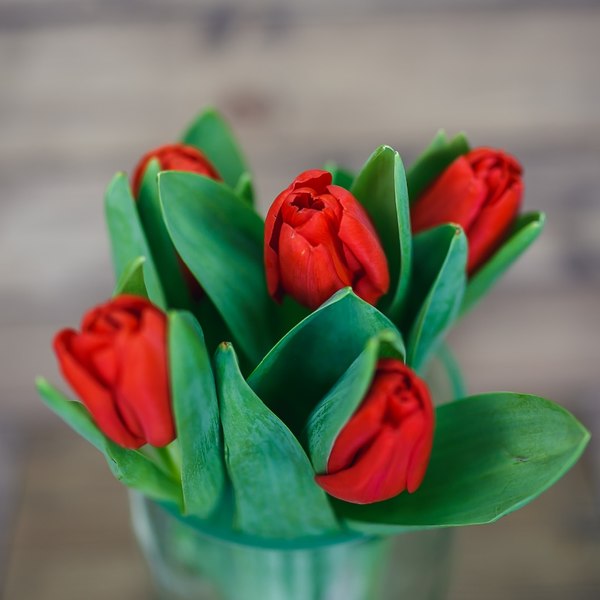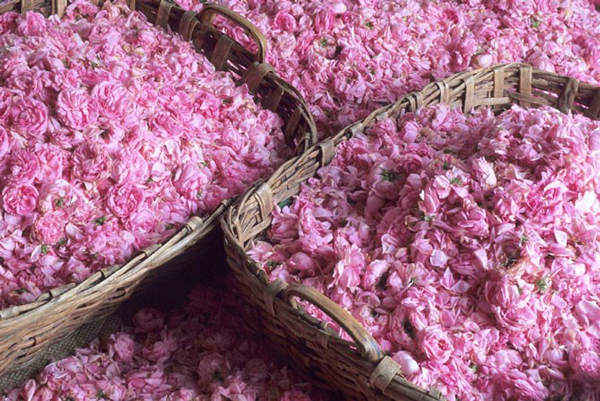Begonia
 The birthplace of this plant is South America, Asia, Africa and the islands of the Malay archipelago. Currently, more than 2000 garden forms obtained through selection are known. Begonias were discovered in the 17th century by the naturalist Charles Plumier during an expedition to the Antilles and named after the governor of San Domingo, Michel Begon (1630-1710).
The birthplace of this plant is South America, Asia, Africa and the islands of the Malay archipelago. Currently, more than 2000 garden forms obtained through selection are known. Begonias were discovered in the 17th century by the naturalist Charles Plumier during an expedition to the Antilles and named after the governor of San Domingo, Michel Begon (1630-1710).
Begonias are a large and rather popular group of houseplants.
Begonias differ in the nature of growth: from bushy, up to 5 m high with lignified shoots to grassy, ground cover, with creeping, creeping and drooping shoots. Begonia leaves are diverse in shape, size and color: from simple, asymmetric or round, to complex, consisting of 5-10 leaves: from small, one or two kopek coins, to large, the size of a large burdock.
The edges of the leaves are whole, serrate, deeply dissected, in some species decorated with double or triple fringe. The color of the leaves is so picturesque that even flowers fade in front of it: in some plants it is maroon, almost black, with phosphorescent spots, in others it is emerald green, with scattered silver-moire pearls, and for others, the dark green border turns into silver – crimson and then almost into the brown zone. Bright and plentiful pubescence also gives originality to the leaves.
Begonia flowers are collected in racemose axillary inflorescences formed on the tops of shoots. Perianth consists of 2-5, in some species – from 6-8 petals. Coloring – from bright red to pink and snow-white, less often greenish, yellow or orange. The fruit is a pterygoid capsule, small seeds – up to 75 thousand pieces per 1 gram.
Conditions of detention and care for azalea:
Temperature mode
Begonias are quite unpretentious. However, their successful indoor growth is only possible with a relative humidity of at least 60%. Most of and they grow at room temperature from 12 to 25 ° C; more thermophilic tropical species – in winter at a temperature not lower than 16-18 ° C, subtropical – not lower than 14-16 ° C.
Lighting
The decorative qualities of plants are manifested when they are kept in diffused light, so in the summer they are shaded from direct sunlight, and are kept in the light in winter and autumn.
Watering
From October to January — February, in most species, with the exception of tuberous species, growth is inhibited. Plants are in a state of so-called dormancy. During this period, they are placed in a cooler place and watering is reduced, since excessive soil moisture in the autumn and winter months leads to rotting of the roots. Tuberous begonias in indoor conditions do not always stop growing and lose leaves. Then gradually, reducing watering, they are forced to do so. Cutting away shoots are cut, and tubers are stored in pots in the dark for 2–2.5 months at a temperature of 10–12 ° С.
Transfer
In March – April, begonias are transplanted into a light, loose mixture of sheet soil, peat and sand (2: 1: 1) with the addition of 0.25 humus and sod land. After a month, the plant begins to be fed once every two weeks: in the first half of summer – with fertilizers with a high nitrogen content (mullein, ammonium nitrate, urea, etc.), starting in July – with a higher proportion of phosphorus and potassium (potassium nitrate, superphosphate, ash, potassium phosphate, etc.). This is especially important for tuber begonia day.
Azalea propagation
Begonias are propagated by seeds (January-February) and vegetatively by dividing the bush, tubers, and cuttings (from April to June). Both stem and leaf cuttings are used. To do this, take the whole leaves or pieces with a vein and a “heel” from the petiole. Rooted in a moderately moist substrate from a mixture of sand and moss (1: 0.25) or peat and sand (1: 1). It is pre-sieved, washed from silty and clay parts. Cuttings are planted to a depth of 1.5-2 cm at a distance of 5 cm at a substrate temperature of 22-24 ° C. At home, rooting is also carried out in water, immersing them by 3-5 cm. Then they are planted in a pot with a light nutritious mixture of sheet soil, peat and sand. Sowing seeds without seeding is carried out in January-February in a mixture of land, peat and sand. Germinate at a temperature of 21-25 ° C, moistening with a spray gun on top. Shoots appear after 1-2 months. Seedlings dive twice.
5 secrets of good growth and flowering begonias:
1. A low wide pot.
2. Good drainage.
3. Moderate temperature and high humidity.
4. Top dressing every 10 days.
5. A short rest period in winter
Types of begonia:
Many-leaved begonia
Begonia fotioxa N.V. K.
The birthplace of the plant is Colombia, Venezuela. Grows in tropical rainforests, sometimes on mountain slopes up to 2500 m. Grassy, bushy, highly branched and leafy plant 20-30 cm tall with beautifully drooping shoots. Small, bare, oblong-elliptical dark green leaves on reddish shoots. Small greenish-white flowers on very short peduncles. The plant is kept in a room with a moderate temperature, not lower than 14 ° C, and humidity not lower than 60%.




